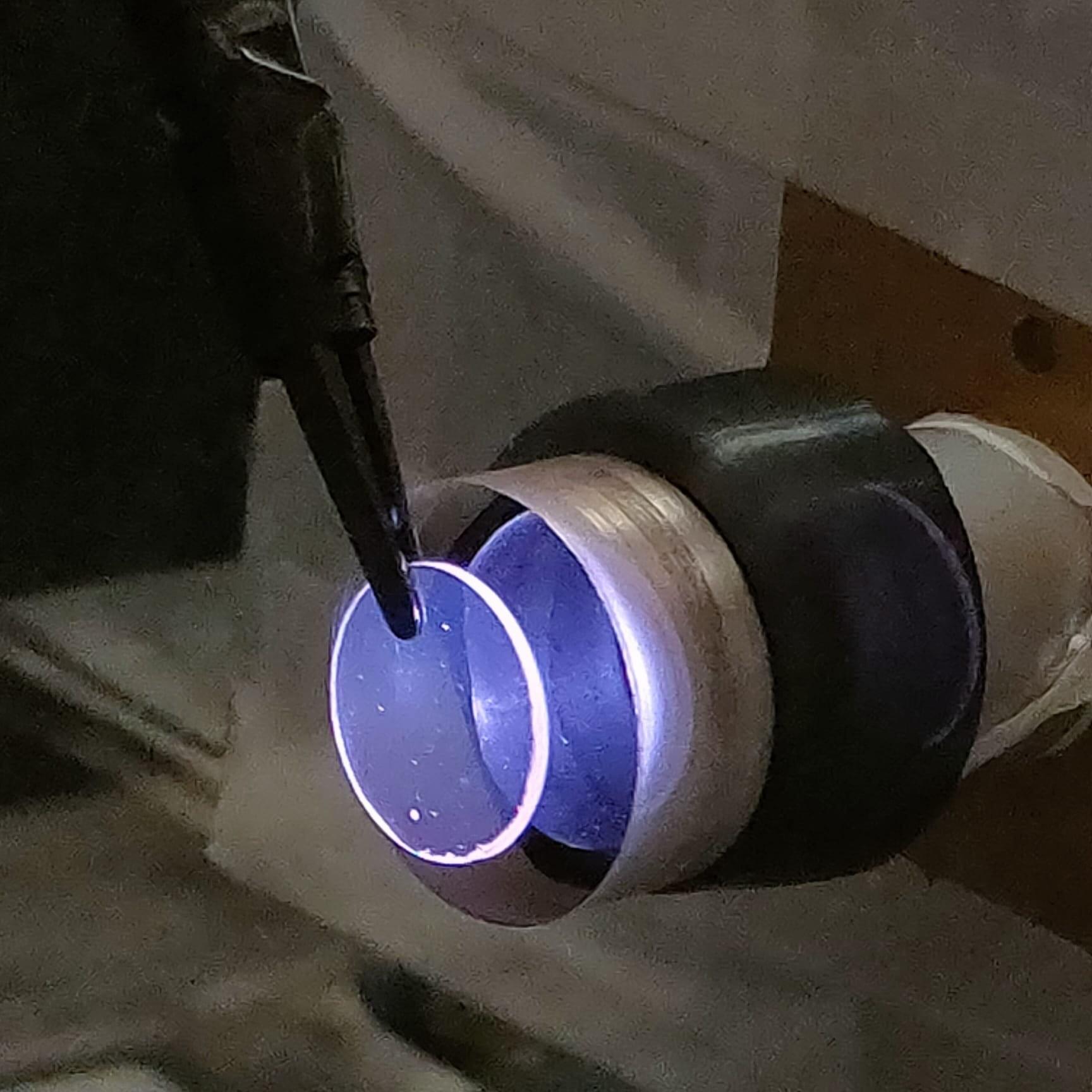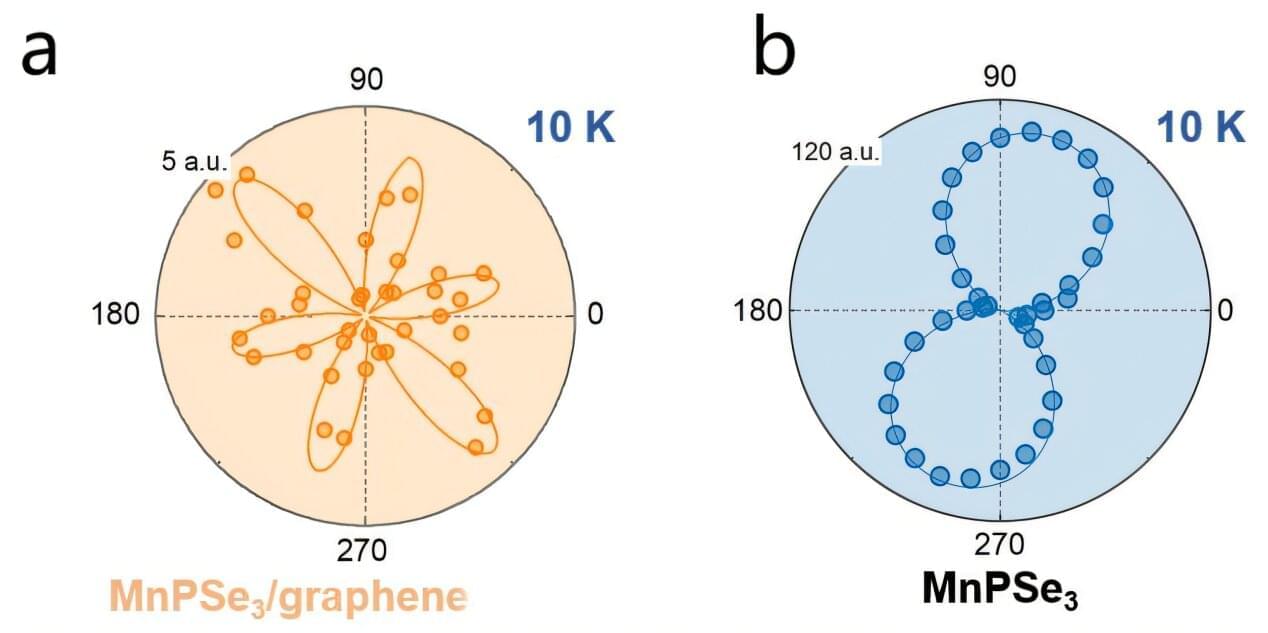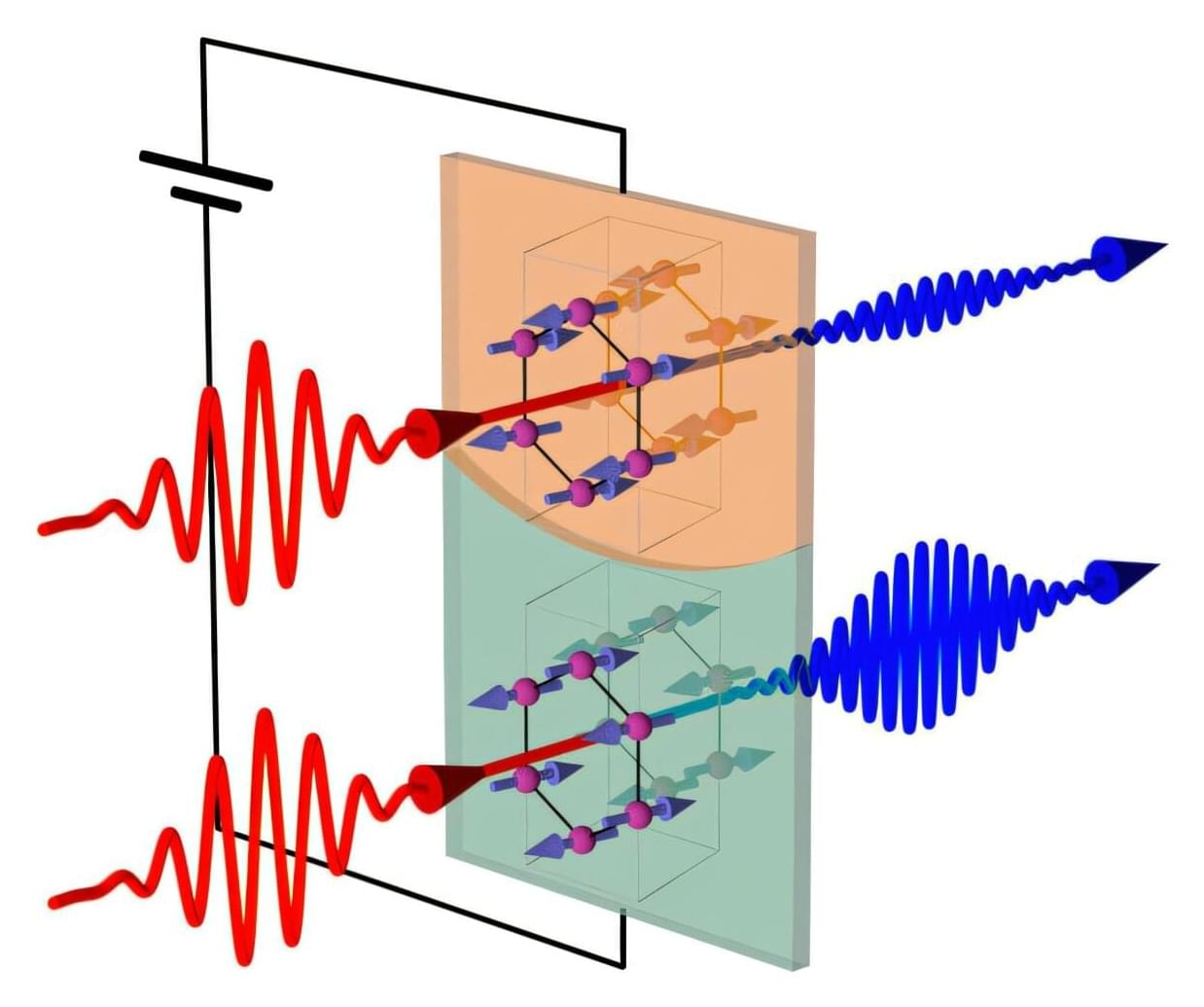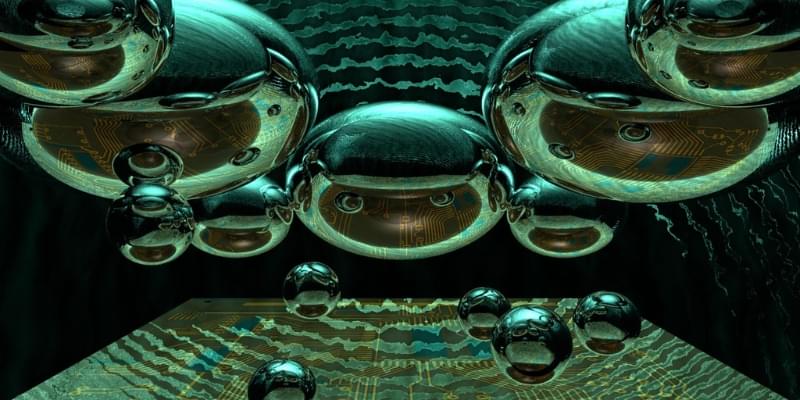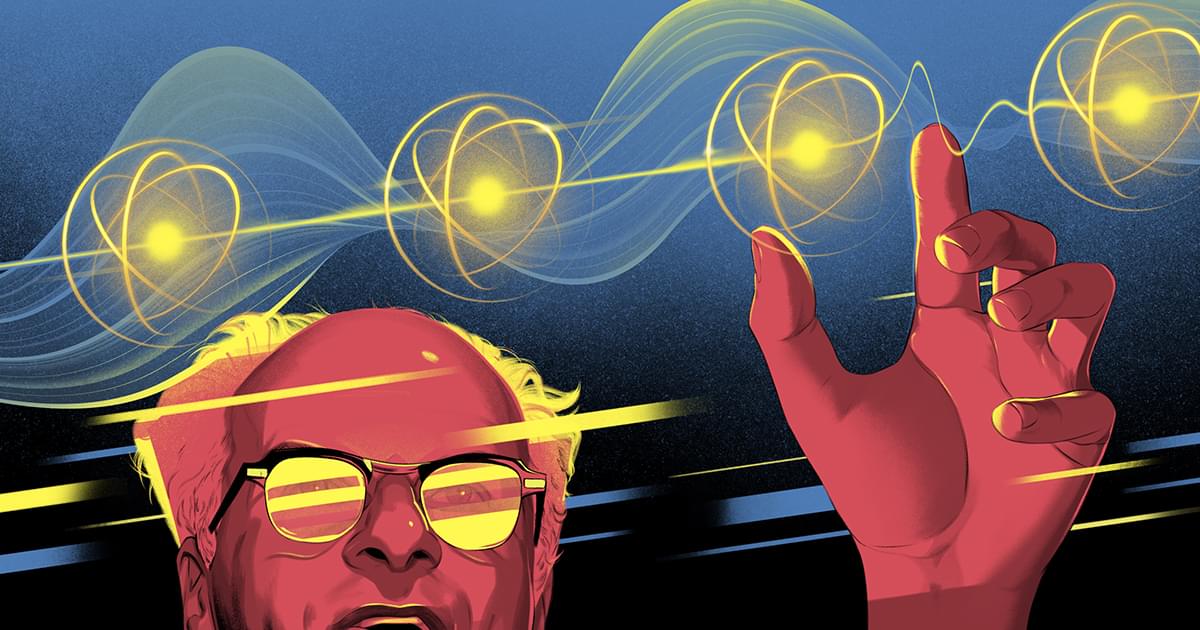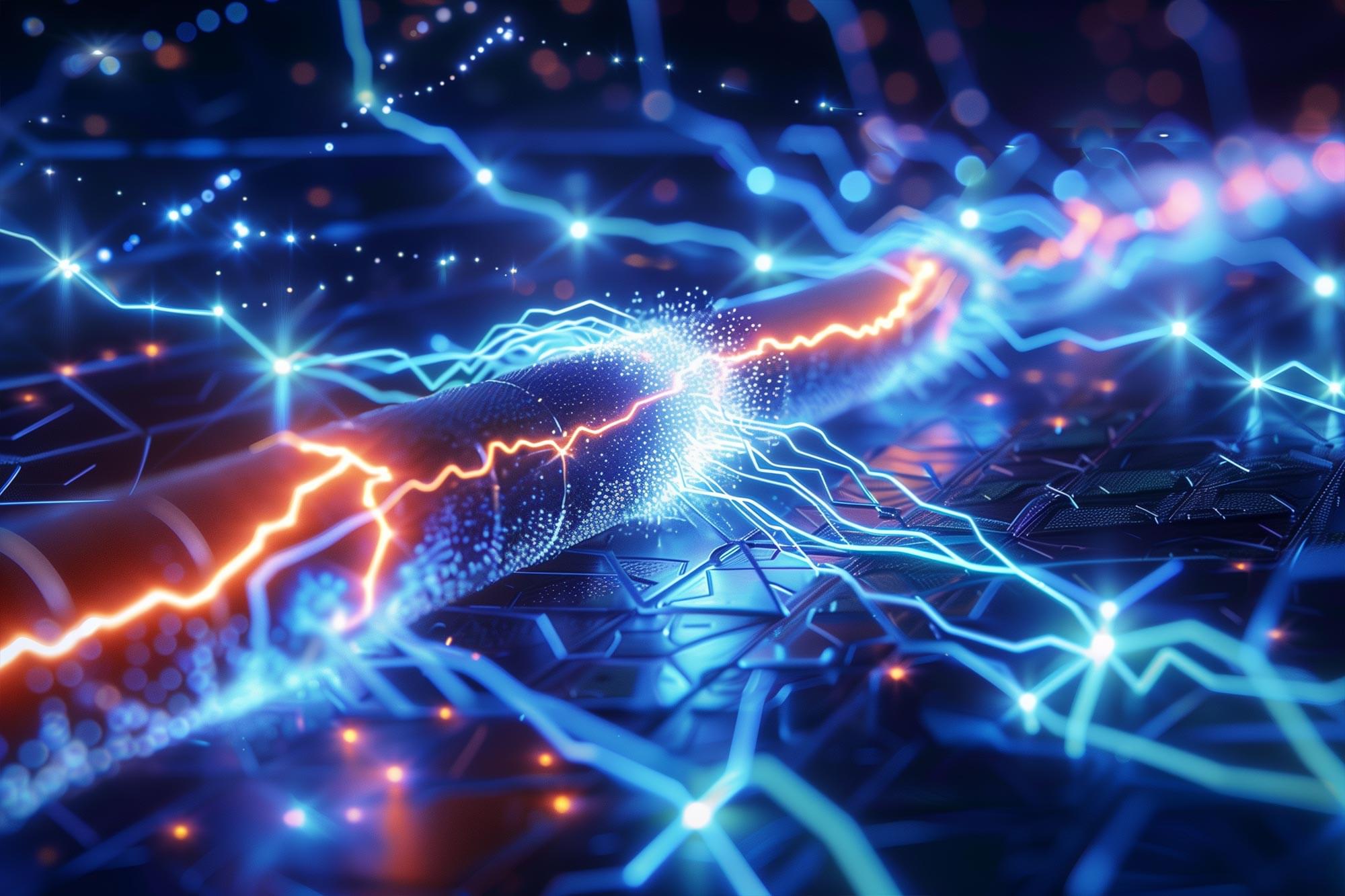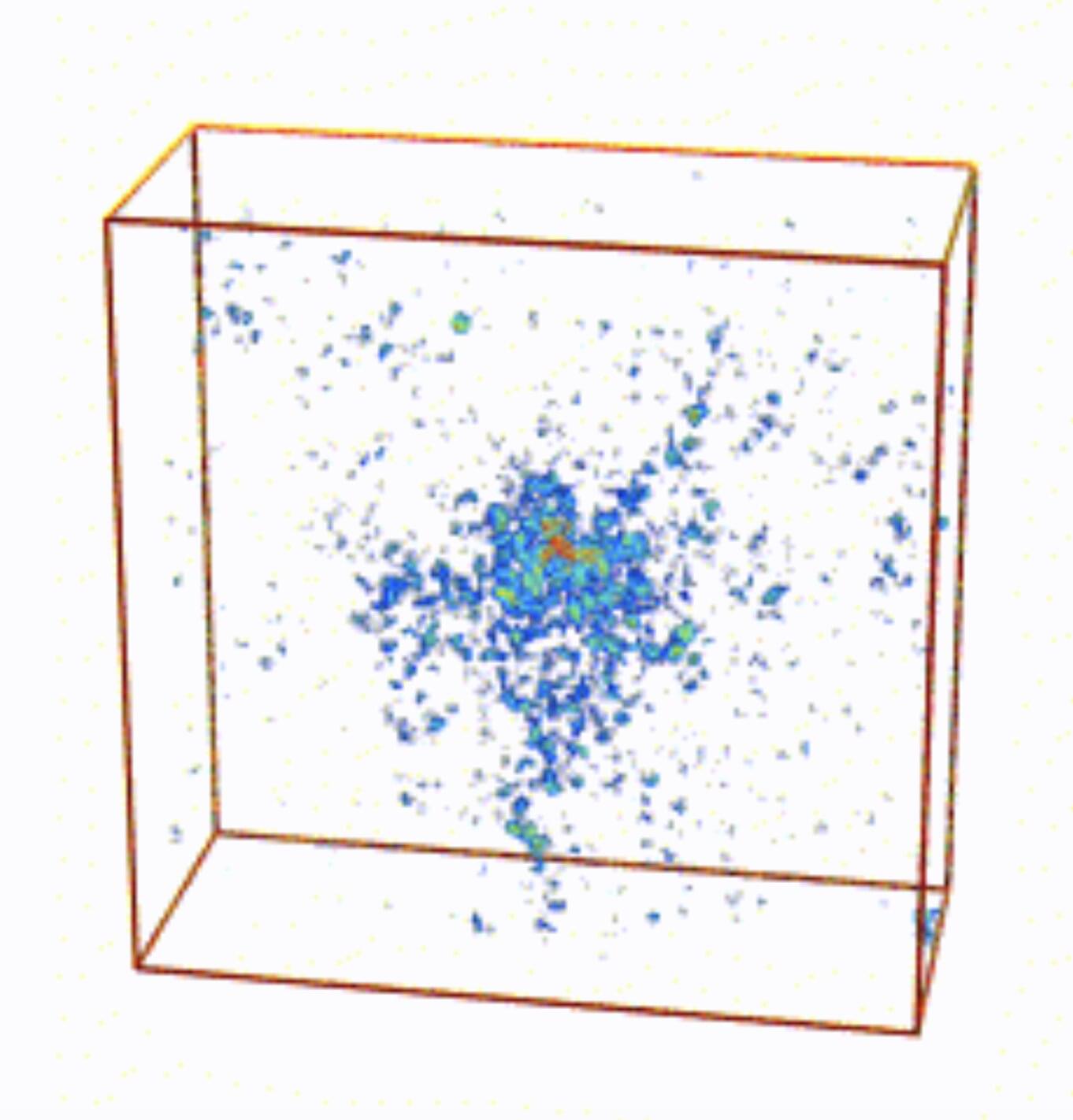Yuval Boger is the Chief Commercial Officer of QuEra Computing, a leader in neutral-atom quantum computers.
Quantum computing and artificial intelligence stand at the forefront of modern technological advancement, each representing a paradigm shift that can transform industries ranging from healthcare and finance to logistics and materials science. Not long ago, these two fields appeared to be competitors vying for the same innovation budgets—while AI generated immediate returns, quantum computing was seen as a more speculative endeavor. However, the reality is more nuanced. Rather than being rivals, quantum and AI can symbiotically accelerate one another’s progress, sparking breakthroughs that neither could achieve in isolation.
AI is widely deployed today, driving business value via deep learning models, sophisticated analytics platforms and even self-driving technologies. Executives can see tangible returns in short timeframes, spurring widespread adoption. Quantum computing, by contrast, has yet to reach full commercial viability.

